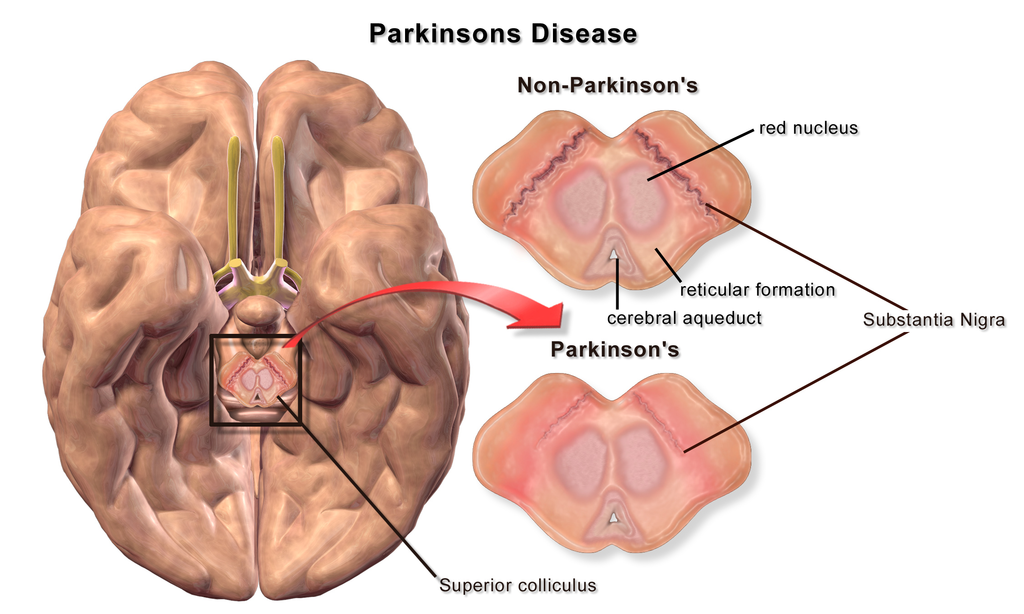Parkinson’s Disease – Symptoms, Causes and Treatment
Parkinson’s disease is an irreversible, progressive disorder of the nervous system. Its symptoms worsen in time and the patient will experience increased tremor, slow movement and muscle stiffness. The disease affects middle-aged and senior citizens alike.

The medical condition is caused by the loss of nerve cells, which leads to a drop in dopamine levels, the chemical responsible for the transfer of impulses in nerves and muscles. Unfortunately, there is not a cure for Parkinson’s disease, but there are some treatments and procedures which can help the patient manage the symptoms and maintain the quality of life. Physiotherapy, occupational therapy and certain medications have a significant role in this aspect.
Contents
What is the cause?
The disease is triggered by a loss of nerve cells in a certain part of the brain called the substantia nigra. If the level of nerve cells drops, so does the level of dopamine, responsible for movement coordination. Scientists haven’t discovered what causes the loss of nerve cells, but the factors might be a combination of environmental and genetic factors. The faulty genes are passed from generation to generation, and in conjunction with certain chemicals (pesticides or herbicides), they are believed to trigger Parkinson’s Disease.
Symptoms
In the first instance, the symptoms of Parkinson’s disease are mild and they develop in time. The severity and types of symptoms vary from patient to patient, but experts believe there are three main signs usually referred to as Parkinsonism:
- It usually begins in the arm or hand and it is an uncontrollable shaking, which also occurs when the limb is at rest.
- Muscle stiffness or rigidity. This symptom prevents the patient from moving around, from having facial expressions and might also cause dystonia (painful muscle cramps).
- Slow movement (bradykinesia). The patient might find it challenging to perform daily tasks because his movement is slower than normal. The gait will also be affected, leading to shuffling walk and small steps.
These are the primary symptoms which help doctors determine a diagnostic, but there are other signs associated with this disease: excessive sweating, constipation, balance problems, erectile dysfunction, urinary incontinence, depression, insomnia, anxiety, dementia and excessive production of saliva.
Parkinson’s disease patients also experience a decreased ability to perform normal, automatic movements such as smiling, blinking or swinging the arms when they walk. The speech will also be affected, losing its inflections and becoming monotone. The patients speak quickly, softly or hesitate before they talk. The writing will also change. Due to the muscle stiffness it will become harder to write, and the letters will appear smaller.
Treatment
As mentioned before, there is no cure discovered for Parkinson’s disease, but certain medication, physiotherapy, occupational therapy, speech and language therapy, surgery or stem cell therapy might relieve the symptoms. Also regular exercise helps with depression and relieves muscle stiffness.
Sometimes, it takes some time until the doctor will diagnose this disease, because there is no specific test designed for this medical condition. Because this disease is still a mystery for the medical world, there are no proven ways to prevent it. Still, some research has showed that caffeine and aerobic exercise might reduce the risk of developing the condition.




✿ღ ღ✿ thank you for this information